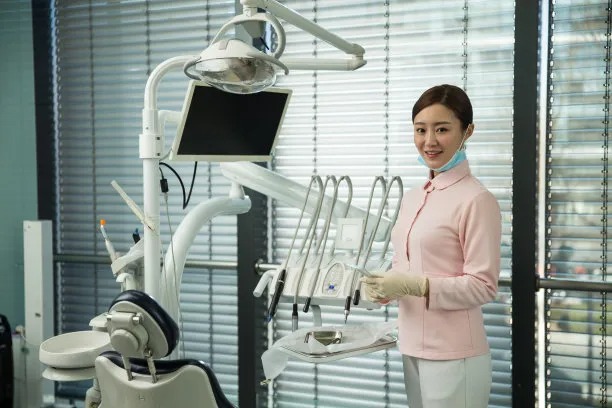Revolutionizing Smiles The Latest Innovations in Dental Implant Treatment
Summary: Revolutionizing Smiles: The Latest Innovations in Dental Implant Treatment explores the cutting-edge advancements in dental implant technology, offering a comprehensive look at how these innovations are transforming the field of dentistry. From AI-assisted procedures to 3D printing of dental implants, this article delves into the future of dental care, revolutionizing smiles worldwide.
1. AI-assisted Dental Implant Planning

Artificial Intelligence (AI) has revolutionized dental implant treatment by providing precise and efficient planning solutions. Using advanced algorithms, AI technology can analyze patient scans and create personalized treatment plans that optimize success rates and patient outcomes. By harnessing the power of AI, dentists can ensure accurate implant placement, leading to improved aesthetics and long-term stability.
Furthermore, AI algorithms can simulate different scenarios, allowing dentists to anticipate potential challenges and plan accordingly. This proactive approach minimizes risks during surgery and enhances the overall success of dental implant procedures. With AI-assisted planning, patients can experience customized treatment that caters to their unique oral health needs, setting new standards in dental care.
The integration of AI technology in dental implant planning not only streamlines the treatment process but also enhances precision and predictability, offering patients a higher level of care and satisfaction.
2. 3D Printing of Dental Implants
3D printing has emerged as a groundbreaking innovation in the fabrication of dental implants, allowing for highly customized and precise implant designs. By utilizing digital imaging and CAD/CAM technology, dentists can create implants that perfectly match the patients anatomy, resulting in superior aesthetics and functionality.
Traditional methods of implant manufacturing often involve labor-intensive processes and limitations in design flexibility. In contrast, 3D printing enables the production of complex implant structures with unparalleled accuracy, ensuring optimal fit and performance. This revolutionary approach not only accelerates the implant production timeline but also reduces the margin of error, promoting faster healing and integration.
Patients benefit from the customizable nature of 3D-printed implants, which offer personalized solutions for various dental needs, ultimately enhancing comfort and restoring natural smiles with precision.
3. Bioactive Implant Materials
The development of bioactive implant materials has opened new possibilities in enhancing osseointegration and implant success rates. These innovative materials possess bioactive properties that promote bone regeneration and integration, facilitating faster healing and long-term implant stability.
Compared to traditional materials, such as titanium, bioactive implants exhibit superior biocompatibility and bioactivity, actively stimulating bone growth and reducing the risk of implant failure. By fostering a favorable environment for tissue healing and adaptation, bioactive materials enhance the overall performance and longevity of dental implants, ensuring optimal functionality and aesthetics for patients.
With the integration of bioactive materials in implant technology, the future of dental implant treatment is marked by improved biointegration and enhanced patient outcomes, setting new standards for quality and success in implant dentistry.
4. Minimally Invasive Implant Techniques
Minimally invasive implant techniques represent a significant advancement in dental implant treatment, offering patients a less invasive and more efficient alternative to traditional procedures. By utilizing advanced surgical tools and technology, dentists can perform implant placements with minimal trauma to surrounding tissues, leading to faster recovery times and reduced post-operative discomfort.
These innovative techniques prioritize preserving healthy structures and minimizing disruption, resulting in improved patient comfort and aesthetics. Additionally, minimally invasive approaches often involve shorter treatment timelines and fewer complications, enhancing the overall patient experience and satisfaction.
With the adoption of minimally invasive implant techniques, patients can enjoy the benefits of streamlined procedures, accelerated healing, and optimal implant outcomes, revolutionizing the standard of care in dental implant treatment.
Summary:
Revolutionizing Smiles: The Latest Innovations in Dental Implant Treatment highlights the transformative impact of cutting-edge technologies on dental care, from AI-assisted planning to 3D-printed implants, bioactive materials, and minimally invasive techniques. These advancements are reshaping the landscape of implant dentistry, offering patients personalized, efficient, and successful treatment options for enhanced oral health and aesthetics.
This article is compiled by Vickong Dental and the content is for reference only



